Cold or hot therapy, massage and exercise may help reduce pain and inflammation in your joints
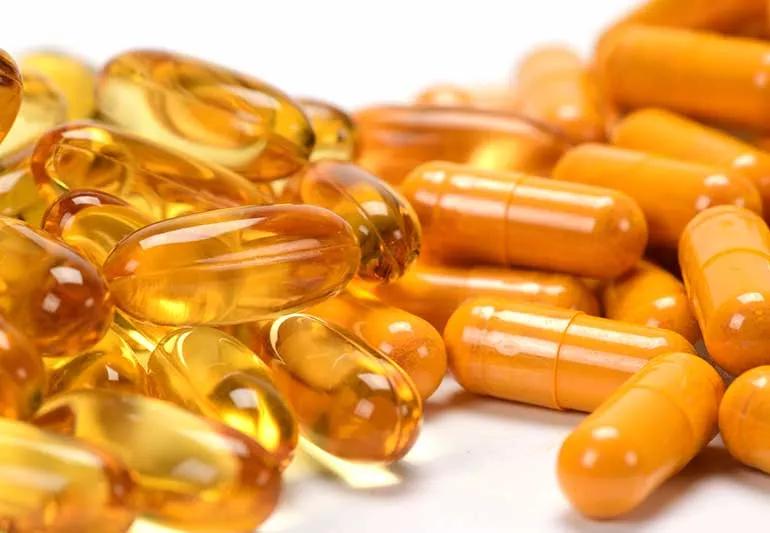
Swollen joints, stiffness in your joints and back, fatigue. If you have psoriatic arthritis, those are just some of the symptoms you may have to deal with on a daily basis.
Advertisement
Cleveland Clinic is a non-profit academic medical center. Advertising on our site helps support our mission. We do not endorse non-Cleveland Clinic products or services. Policy
“Psoriatic arthritis is a type of inflammatory arthritis seen in people who have psoriasis, which is a skin condition where you have red scaly skin patches,” explains rheumatologist Binita Sapkota, MD. “It’s a disorder where your immune system is overactive and attacks your joints, as well as your skin.”
While medication is an important part of management to reduce your pain and inflammation, you may also be interested in home remedies for psoriatic arthritis that can help manage some of the symptoms.
Dr. Sapkota discusses popular natural remedies for psoriatic arthritis and if they really offer relief.
While it’s not possible to cure psoriatic arthritis completely with only natural measures, you can do certain things that will reduce pain and discomfort you have from psoriatic arthritis symptoms.
Symptoms can include:
“If left untreated, inflammation can damage the joints, causing deformities. It can also cause inflammation around the ligaments causing inflammation of the whole finger or toes, which is called dactylitis,” says Dr. Sapkota. “Psoriatic arthritis may also be associated with nail changes like pitting, ridging or even complete destruction of the nails and it can also cause inflammation in certain parts of the eyes.”
Advertisement
While some symptoms may not bother certain individuals with psoriatic arthritis, in others, the pain can be intense and disrupt their daily lives.
If you’re looking for help with some of these symptoms, you may have considered trying a holistic approach to psoriatic arthritis.
A holistic approach to psoriatic arthritis just doesn’t include natural remedies. There are certain lifestyle changes you can make as well.
“It’s important to note that these measures should be included as complementary therapies and not as an alternative therapy to medications,” states Dr. Sapkota.
She breaks down common natural treatments and whether or not they’re worthwhile.
Before you head to the gym for a workout, it’s important to know what kind of exercises you should do. Dr. Sapkota typically recommends range-of-motion exercises to help with any stiffness by focusing on flexibility and mobility. She also suggests low-impact aerobics like walking, swimming or yoga and strengthening exercises, which can be done with hand weights or resistance bands.
“Strengthening your muscles will help protect your joints,” she says. “When the muscles are strong, there’s less stress in the joints, which ultimately helps relieve stress and help soothe pain.”
You can use heat and cold therapy to help with pain. This approach can be done multiple times a day, but you should limit how long you apply heat or cold to 15 to 20 minutes at a time.
“Heat therapy works by increasing the blood flow to your joints and helps decrease joint stiffness. Cold therapy decreases the blood flow and decreases inflammation and swelling,” Dr. Sapkota explains. “Cold therapy usually helps during a psoriatic arthritis flare-up when the joints are actively swollen. It’s important to avoid heat therapy when you have swollen joints.”
How you move about in your daily life can help ease stress on your joints and reduce fatigue. For example, think about how you sit at work: Make sure you engage in proper posture while at your desk, or when you’re doing chores, by taking care not to put too much stress on one area of your body.
“The proper position helps prevent excess stress to certain joints,” says Dr. Sapkota. “Also, you should be careful with how you’re lifting things up and make sure that the object’s weight is evenly distributed.”
Fish like salmon, trout and tuna contain high amounts of omega-3 fatty acids. Some studies have shown that omega-3 fatty acids can help those with psoriatic arthritis decrease their joint tenderness, joint redness and how often they need to use over-the-counter pain relievers.
Advertisement
“However, there’s mixed data about how it’s beneficial in psoriatic arthritis,” notes Dr. Sapkota. “More research is needed to know the benefits of fish oil.”
If you want to take a fish oil supplement, make sure you talk to your healthcare provider first, as the supplement can interfere with certain medications.
“And the dose that may help with psoriatic arthritis or inflammation is very high — up to 10 pills daily,” she adds. “You can see if taking fish oil supplements helps and if it doesn’t help, then I would recommend stopping.”
You’ve probably used the yellow-colored spice in your meals or drinks. And you probably know that turmeric is a good source of antioxidants and has anti-inflammatory properties.
So, what does that mean for someone with psoriatic arthritis? Dr. Sapkota says more research is needed to fully understand turmeric’s benefits and if it can help reduce inflammation in joints.
“There are some caveats with turmeric. People who are on blood thinners shouldn’t take it,” she says. “And it has to be taken in high doses so it can irritate your stomach.”
Have you seen creams and ointments with capsaicin as an ingredient?
The active ingredient found in chili peppers, capsaicin may help provide relief to achy joints by numbing pain receptors and fighting inflammation.
Advertisement
“Capsaicin can temporarily decrease pain when applied at the site of pain. It’s believed that capsaicin decreases the hormone involved in causing pain,” says Dr. Sapkota. “But some people may notice that their skin becomes irritated.”
Epsom salts, a compound of magnesium and sulfur, are typically used in a warm bath to help relieve sore muscles. And while it’s been used for hundreds of years, there isn’t any research that confirms its benefits.
When it comes to psoriatic arthritis, Epsom salts may temporarily decrease the swelling of joints, says Dr. Sapkota. She recommends using it for no more than 15 minutes at a time.
The traditional Chinese practice of placing very thin needles at certain points in your body has been known for its ability to help with pain relief when it comes to back pain or headaches.
But when it comes to psoriatic arthritis, there isn’t any research to support that acupuncture can help with joint pain.
“There are some anecdotal (based on personal accounts, not research) reports that it has helped with the pain though, but we’re not sure of the source of the pain,” Dr. Sapkota says. “It’s because people with psoriatic arthritis can concurrently have chronic pain or stress.”
Advertisement
Ahhh … getting a massage can leave you feeling relaxed. While it can seem like a luxury, the technique has been known to help with issues like back pain or tight muscles.
But can it help with psoriatic arthritis?
The National Psoriasis Foundation says that a massage from a licensed massage therapist may help those stiff muscles around your joints.
“There are reports that a massage can help with pain and stress. It can also help with sleep,” says Dr. Sapkota.
Among other benefits, vitamin D (which we can get from the sun or foods like salmon or fortified options like milk) can reduce inflammation.
“People with psoriatic arthritis tend to have a lower level of vitamin D compared to the general population, so it’s important that you eat a vitamin-rich diet,” stresses Dr. Sapkota. “If your level is low, supplements are recommended.”
However, she notes that in people who already have a normal vitamin D level, there’s no good evidence for taking vitamin D supplementation.
It’s best to discuss any psoriatic arthritis natural treatments with your healthcare provider beforehand. And while many of these natural remedies may sound promising, there’s no guarantee that they’ll work for you.
And don’t forget that these natural remedies aren’t a cure-all. These should be used in conjunction with therapy and medication to alleviate symptoms.
“When deciding to try a natural remedy, you also need to factor in how much something may cost you. It can be expensive to buy vitamin D or fish oil supplements or even to get a massage and acupuncture,” says Dr. Sapkota. “Since every individual is different, you can respond in different ways to a complementary therapy. I recommend trying one therapy at a time to figure out what works best for you.”
Learn more about our editorial process.
Advertisement
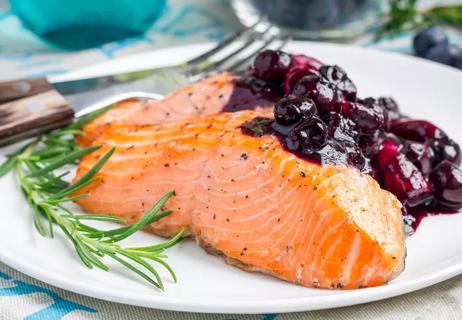
Choose foods high in omega-3s and antioxidants; avoid red meat and dairy
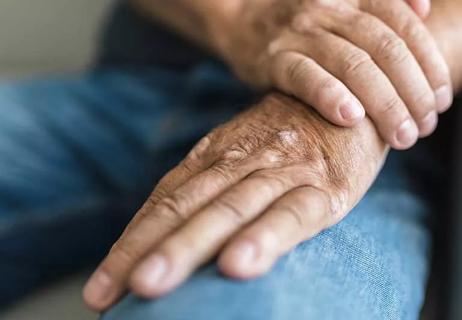
Focus on sleep, limit alcohol and reduce your stress and anxiety to help lessen symptoms
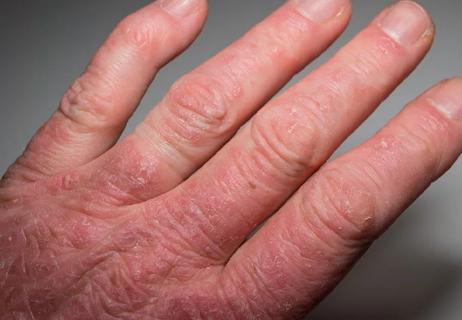
What’s the difference between these types of inflammatory arthritis?

The link between joint pain and skin rashes

Symptoms of nail psoriasis and how to treat it
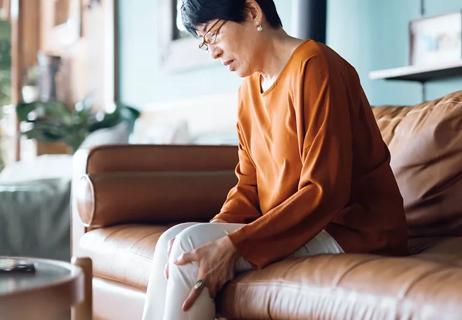
What’s the difference between these types of arthritis?
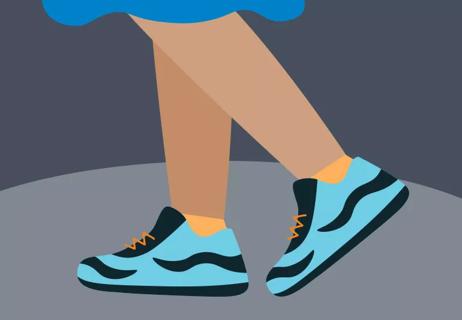
Managing psoriatic arthritis foot pain
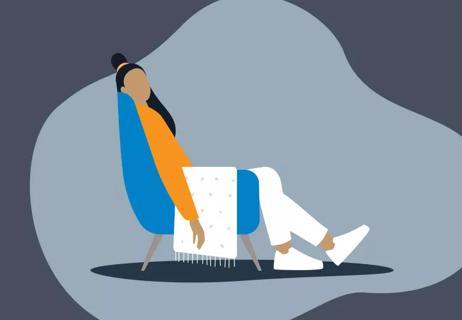
Does arthritis make you tired?

Babies can get congested easily, but you can calm their cough by keeping them hydrated, using nasal drops and running a humidifier

Weight loss may cause loose, sagging skin and muscle loss to your rear

Several conditions, like vitiligo and fungal infection, can cause a loss of pigmentation, leading to white spots or patches on your skin